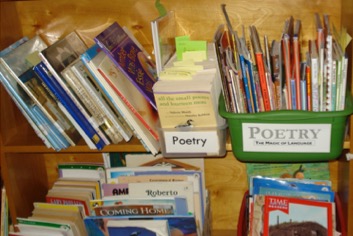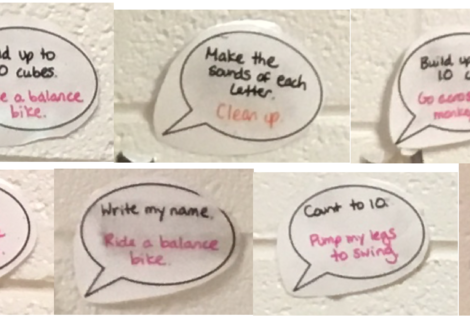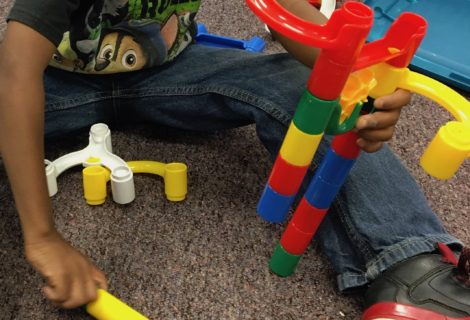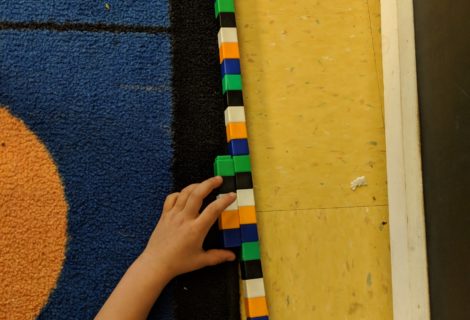Knowing Our Students as Readers
In order to engage students in goal setting, progress monitor those goals, and differentiate instruction, we need to know each individual student. With a class full of students and so much to do, how do we learn about students and use that information in helpful ways? For example, do we really know the students in our class as readers? Do we know what they like to read, where they like to read, their reading stamina, their motivation for reading, their image of themselves as readers, and the strategies they effectively use to read independently? Taking the time to get to know students as readers (not just what “level” or “type” of reader they are) can provide powerful information when guiding our students’ goal work and differentiating the content, process, or product by student interest.
Reading Attitude Survey
There are several ways to get to know your readers. One way is to administer a reading attitude survey. An attitude survey, such as the one developed by McKenna & Kear (1990), provides insight into students’ attitudes towards various reading situations. This measure can be used in a pre- and post- fashion to serve as a growth indicator showing changes in reading attitudes over the course of the year. Attitudes towards reading are an important consideration when working with students who may be reluctant to read or do not identify as a reader.
Reading Interest Survey
Another way to get to know your readers is to administer a reading interest survey. This is a series of questions that a teacher asks a student to find out what kinds of books students like to read, what environments for reading they like best, and what context around reading makes them feel the most comfortable. It may also involve questions that ask about past negative experiences with reading or books that they prefer not to read. These sorts of questions are invaluable when it comes to matching specific texts to individual students.
Engagement Inventory
Lastly, a teacher may chose to do an engagement inventory. An engagement inventory is an observational tool that is used to look at reading behaviors in action. A teacher watches students for a period of time and makes observations regarding engagement or reading avoidance behaviors. Are students able to stick with a text or are they abandoning books frequently? Are students disengaging several times while reading or are they able to stay focused and “in” the story?
At the End of the Year
While you may be thinking these are perfect tools to use with students at the beginning of the year (we agree!), also consider using them now during the last few weeks of school. You can use this time to become comfortable implementing an engagement observation tool or to gather feedback from students about their experiences reading with you this year. Consider asking questions with stems such as:
- I used to feel _____ about reading, now I feel _____.
- My favorite books I read this year were:
- One way I have grown as a reader this year is:
- One goal I have as a reader for next year is:
- One thing I wish we would have done/read this year is:
How do you like to find out about your students’ reading interests or attitudes? How do you keep track of this information and use it when conferring with students? Let us know at mathplusliteracy@gmail.com!



